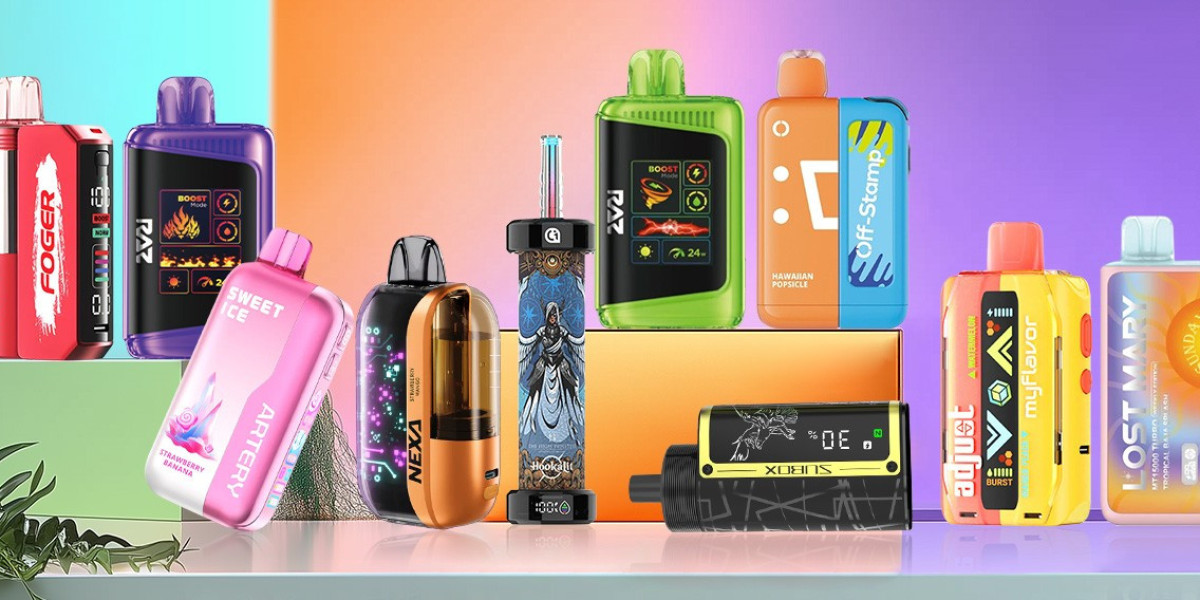Step 1 introduce
The core of these artificial intelligence applications is the graphics processing unit (liquid cooled GPU) and other special accelerators, which handle the parallel computation required by intensive machine learning and deep neural network tasks. As GPUs become more and more powerful, their power consumption and heat dissipation are also rising, sometimes far exceeding the capabilities of traditional air cooling solutions.
This is where the liquid-cooled GPU technology comes in. Whether you are running an ordinary artificial intelligence workstation, building a high-density server cluster, or maintaining an enterprise-class data center, efficient heat dissipation is very important for maintaining top performance, ensuring hardware life, and controlling operating costs. The discussion has gone beyond the simple question of whether liquid cooling is needed and turned to a more detailed analysis, that is, which liquid is used in the circulation. Common choices include deionized water (DI water), ethylene glycol (EG), and propylene glycol (PG).
Each coolant has its performance profile, safety considerations, and maintenance requirements. Understanding these nuances is essential for making informed decisions based on budget, expected thermal performance, and environmental or regulatory constraints. In the following chapters, we will decompose various cooling methods, analyze the characteristics of DI water, EG, and PG, and provide best practice guidelines for designing and maintaining powerful liquid-cooled GPU solutions. By the end of this article, you will have a solid grasp of how to optimize GPU performance under a heavy AI workload without affecting security or sustainability.
2. Why does AI gpu need advanced cooling?
The rapid development of artificial intelligence algorithms-from Convolutional Neural Networks CNNn) for image recognition to transformation-based architecture for language model-requires huge computational throughput. Modern gpu can perform trillions of floating-point operations per second, and can usually run at nearly 100% utilization within a few days or weeks. Although these devices are designed to handle such loads, the extreme heat generated at a high utilization rate may become a bottleneck. Next, we will discuss several reasons why advanced cooling solutions have attracted attention in the fields of artificial intelligence and high-performance computing.
2.1 improve the thermal density of GPU
Today's leading GPUs focusing on artificial intelligence, such as NVIDIA's A100 or H100 series and AMD's Instinct series, can consume more than 500-600w per card. In addition, it is not uncommon for servers equipped with multiple GPUs in a compact chassis. This density greatly increases the heat output, which in turn requires advanced cooling mechanisms to prevent local hot spots and temperature peaks. Many standard air cooling solutions-radiators and fans-become inadequate at these power levels, especially when multiple GPUs are tightly packed together, which may lead to inconsistent airflow and thermal throttling.
2.2 Performance throttling and reliability
Gpu and its onboard VRMs (Voltage Regulator module), memory chip, and other supporting components are sensitive to temperature. When these components exceed their thermal thresholds, the firmware or drivers of the GPU usually slow down the clock speed to maintain this phenomenon is called thermal throttling. Throttling will lead to a series of problems:
Longer training time: the training of artificial intelligence models may be significantly slowed down, delaying the schedule of key business or research.
Reduce throughput: Inference servers serving real-time applications (such aschatbotss or stream analysis) may face performance bottlenecks, thus frustrating end users.
Hardware degradation: Continuous high temperature will shorten the service life of GPU, increase the risk of failure, and require more frequent replacement.
By controlling the temperature, advanced cooling ensures that the gpu maintains a high average clock speed for a long time, thus providing more consistent performance.
2.3 Energy efficiency and cost impact
Running a large artificial intelligence cluster is very expensive-not only the hardware purchase, but also the continuous power and cooling costs. An efficient cooling system can reduce the overall power consumption by minimizing the load of the facility's HVAC system. Liquid-cooled GPU can dissipate heat more effectively, which means that you can use less energy to maintain the temperature of the data center. In many very large-scale data centers, operators have turned to direct liquid cooling or immersion cooling to reduce the costs associated with fans, coolers, and air-handling devices. This may lead to a significant reduction in the PUE (power use efficiency) of facilities.
2.4 Spatial constraints and density
Real estate in data centers is expensive, and many organizations want to package as much computing as possible in a given space. Air cooling solutions usually require a large spacing to accommodate fans and ensure adequate airflow between racks. In contrast, liquid-cooled GPU methods, such as a liquid-to-chip cold plate or submerged water tank, can greatly reduce the space required by the cooling mechanism, thus allowing higher rack density. This is a key advantage for organizations with rapidly expanding artificial intelligence workloads but limited physical space.
2.5 Environmental and regulatory pressures
In some jurisdictions, stricter regulations on energy use and heat emissions are pushing data centers to adopt more sustainable cooling methods. liquid-cooled GPU is usually regarded as a "more environmentally friendly" method because it has high heat conduction efficiency and can reduce overall energy consumption. In addition, advanced liquids such as propylene glycol (PG) are more environmentally friendly, which helps organizations to be consistent with environmental protection measures. This synergy of efficiency and sustainability resonates with companies that are under increasing scrutiny to reduce their carbon footprint.
تلاش کریں۔
مقبول پوسٹس
-
 如何选择适合您业务的跨境电商广告顾问
کی طرف سے PaulineWilliamsqa
如何选择适合您业务的跨境电商广告顾问
کی طرف سے PaulineWilliamsqa -
 How to Buy a Scooter Near You: A Comprehensive Guide
کی طرف سے mymobilityscooters6325
How to Buy a Scooter Near You: A Comprehensive Guide
کی طرف سے mymobilityscooters6325 -
 Vibely Mascara 2 Step: The Lash Transformation Taking Charm Lovers By Tornado
کی طرف سے florian28h6982
Vibely Mascara 2 Step: The Lash Transformation Taking Charm Lovers By Tornado
کی طرف سے florian28h6982 -
 Купить нотариальную доверенность.
کی طرف سے tommylovekin8
Купить нотариальную доверенность.
کی طرف سے tommylovekin8 -
 Купить диплом отзывы.
کی طرف سے margiepumphrey
Купить диплом отзывы.
کی طرف سے margiepumphrey



